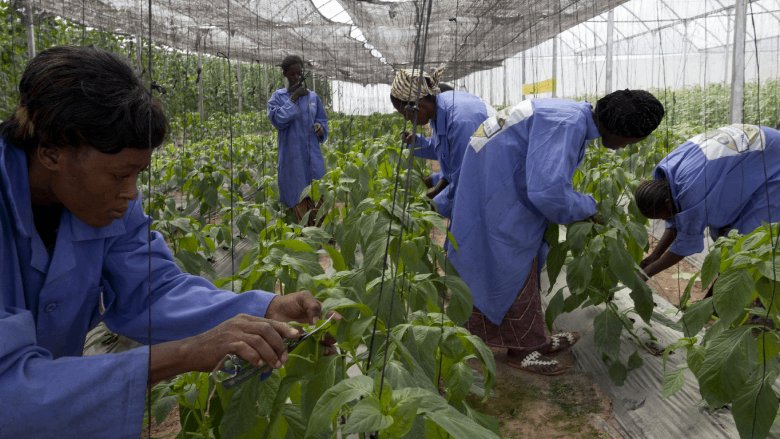The world is currently facing an escalating food crisis, characterized by high prices and increasing hunger. The impacts are being felt disproportionately by vulnerable communities and threatening global food security.
A quarter of a billion people are estimated to face crisis levels of acute food insecurity—representing more than a 33% year over year increase. The current levels are 2.5 times higher than in 2016, when these global figures started being recorded. Projections suggest that without additional action, 950 million people may be severely food insecure through 2030.
Multiple short and long-term drivers continue to affect all aspects of food and nutrition security. The El Nino climate pattern is now one of the top concerns. Global food prices remain elevated and at historic highs, with persistent domestic food price inflation. High food prices are reducing families’ ability to purchase healthy foods.
In addition to those challenges, a number of factors continue to affect food stability. These include the non-renewed Black Sea Grain Initiative, restrictive food trade policies, as well as precarious macroeconomic situations, such as reduced growth and high debt distress levels face by many countries.
These short and long-term drivers are contributing to the derailment of the SDG2 goal of zero hunger by 2030. Reductions in child stunting and wasting have slowed while anemia among women and obesity among adults have increased. Additionally, agricultural productivity growth is well below target to sustainably meet the needs of a growing population – particularly in Sub-Sahara Africa.
Scaling up response to the food and nutrition crises
The World Bank has included food and nutrition security among the eight global challenges to address at scale. In the 15 months leading to June 2023, the Bank has mobilized $45 billion — surpassing its initial projected commitment of $30 billion announced in May 2022. The response includes $22 billion in new lending — exceeding the target of new commitments set at $12 billion, and $23 billion from existing portfolio.
More than half of the new lending, amounting to $12 billion is allocated for Africa, of which $10 billion is for Sub-Saharan Africa. This Bank’s support is expected to benefit 335 million people, of whom 53% are women. This portfolio spans across 90 countries, with 22 out of the 24 food insecurity hotspot countries being given priority.
The World Bank’s multisectoral response combines both immediate actions to address emergencies and long-term investments to enhance resilience, with $20 billion committed towards short-term response and $25 billion for resilience. To address urgent needs, social protection interventions have been the primary means of support for people in crisis. In addition, the World Bank is leveraging the private sector through IFC, which has committed $5.1 billion for food and nutrition security.
Transforming food systems for long-term food security
To ensure long-term food security for all, countries must transform its food systems – how we produce, distribute and consume food. Our food systems currently generate $12 trillion per year in hidden costs. Although agriculture and food produce 30% of global greenhouse gas emissions, the sector benefits from only 4% of climate finance. Making sure that a proportional amount of climate finance goes to the food system is a massive opportunity to accelerate sustainable transformation.
To support transforming food systems in low- and middle-income countries, the World Bank will harness financing and knowledge to ensure a continuum of actions from short to long-term response and enable incentives, innovation, investment, information, and institutions.
The Bank will also continue to expand its partnerships by engaging with a range of development and humanitarian partners – multilateral institutions, private sector, and civil society – at the global, regional, and country levels to leverage response to the crisis and strengthen agri-food systems.
All of these efforts align with the Bank’s intention to step up its efforts to create a world free from poverty on a livable planet.

